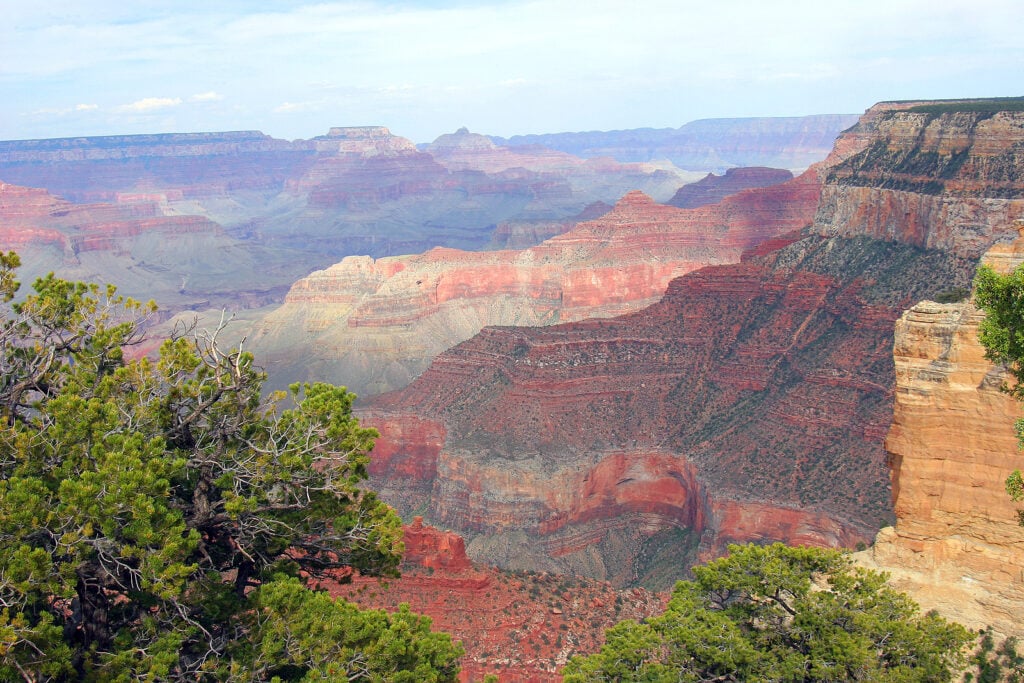The Antiquities Act: Balancing Preservation and Community Interests
Overview of the Antiquities Act
Enacted in 1906, the Antiquities Act empowers the President to designate national monuments on federal lands. Originally signed into law by President Theodore Roosevelt, this legislation was intended to protect significant archaeological and historical sites, effectively curtailing activities such as resource extraction, including mining and drilling. The overarching goal was to ensure national treasures were preserved for public benefit and education.
The Act’s Initial Intent
From its inception, the Antiquities Act aimed to prioritize the protection of culturally and historically significant sites. The inaugural monument, Devils Tower in Wyoming, serves as a testament to the act’s purpose. Declared a national monument to preserve its unique geological and cultural significance, it embodies the commitment to conserving national landmarks for educational objectives. This foundational principle arose in response to the looting and degradation of Native American sites prior to the act’s enactment.
Historical Context and Evolution of the Act
The implications of the Antiquities Act extend beyond mere preservation; they reflect a significant shift in federal land management strategy. Before this act, federal policy primarily involved selling lands to states and private entities, often resulting in commercial exploitation. The act marked a pivot toward federal stewardship, emphasizing the restoration of archeological and historical locations. By establishing a permitting process, it ensured that artifacts were collected for educational institutions, effectively sidelining commercial interests where they conflicted with preservation.
Controversies and Modern Applications
Throughout the 20th century, the application of the Antiquities Act has drawn criticism from various stakeholders, particularly local communities affected by monument designations. For instance, significant land areas have been designated as national monuments without adequate consideration of local economic needs, leading to tensions between federal authorities and local stakeholders.
- In 1908, only two years after the act’s passage, Roosevelt substantially expanded the Grand Canyon National Monument, imposing restrictions that impacted the livelihoods of nearby Native American tribes.
- Similar instances arose under Presidents Carter and Clinton, who designated vast territories—up to 50 million acres in Alaska and 1.7 million acres in Utah—prompting accusations of neglecting the interests of local citizens, ranchers, and resource developers.
- In recent years, under Obama’s and Trump’s administrations, the act has seen both extensive expansions and significant reductions of national monuments, stirring further debates over presidential authority and land management policies.
Recent Presidential Decisions
The use of the Antiquities Act continued to evolve under the Obama administration, which designated 29 national monuments, totaling over 550 million acres, marking a significant increase in monument land. In particular, the Bears Ears National Monument was created with a focus on its cultural significance to Native American tribes. However, local opposition highlighted concerns over restricted land-use and federal management of these areas.
Contrastingly, President Trump initiated reductions to several national monuments, challenging the extent of presidential powers under the act. These actions raised legal questions as the Antiquities Act does not explicitly grant the authority to alter existing monument boundaries. This contentious approach sparked further debate on the balance of environmental protection with local economic engagement.
Policy Recommendations for Future Management
Given the complexities surrounding the Antiquities Act, several policy adjustments could mitigate conflicts between federal land management and local interests:
- Repeal the Antiquities Act: Completely repealing the act could preserve congressional authority over land management decisions, aligning land use with the interests of local communities.
- Limit Presidential Designation Power: Establishing a cap on acreage that can be designated as a national monument—suggested to be 320 acres—would ensure that only the most critical historical sites are protected and prevent large-scale land closures.
- Clarify Reduction Powers: Explicitly granting the president the power to reduce the size of existing monuments can provide a clearer framework for land management and alleviate some burdens on local economies.
Conclusion
The Antiquities Act was developed with the noble intention of preserving the nation’s cultural and historical treasures but has evolved into a contentious tool for managing public lands. Historical abuses and modern applications underscore the need for a balanced approach that protects both our heritage and community interests. Moving forward, it is essential for Congress to reevaluate the Act to ensure it serves its intended purpose without sidelining the economic aspirations of local stakeholders.

